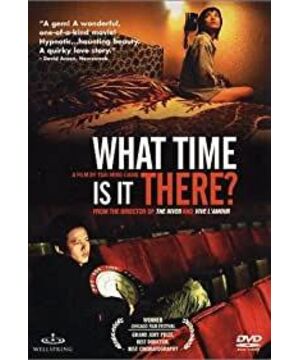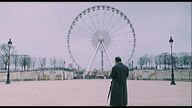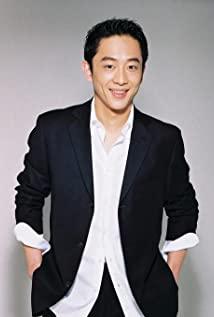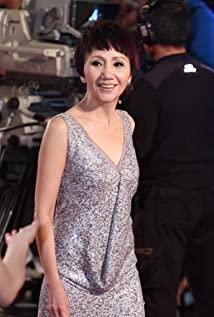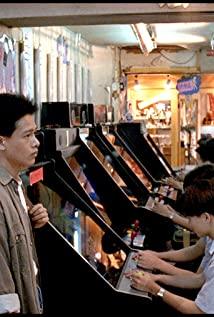"Pure Cinema", Cai Mingliang's "Emotional Image". It describes the state of people with pure life interpretation, but it is the main driving force of the plot through emotion. The visual element "time" in this film is very wonderfully used, and the narrative time is completely blurred and turned into a pure "prop". All three main characters are trapped in a Parisian time that belongs or doesn't belong
The character design is also very interesting. The thought of a well-off was a kind of sustenance at first. The clock was used to bring the girls closer. When adjusting the clock gradually became a habit, the sustenance disappeared. Drinking French red wine and watching French movies also It becomes a practice to fill a boring life. Throwing away the cake and stealing the watch case is also the complete demise of emotion.
The mother and Xiaokang miss the same behavior, but they are more concrete and direct. She adjusts the meal time and her father is afraid of the dark. She has never been disconnected from the miss, and she is also paralyzed by herself. In the final scene, the director told the audience too cruelly that in fact, after his father left, he never thought of going home, and his mother's unrequited love seemed so fragile and sad.
Cai Mingliang's image is cold, and he tells the audience that this is not a tragedy, but a part of life. But at the same time he is also an emotion, an emotion without "sickness". I like a passage from director Tsai Ming-liang very much, "The human body is like a container. He can hold anything and excrete it. Excretion filters excrement and emotions."
View more about What Time Is It There? reviews


